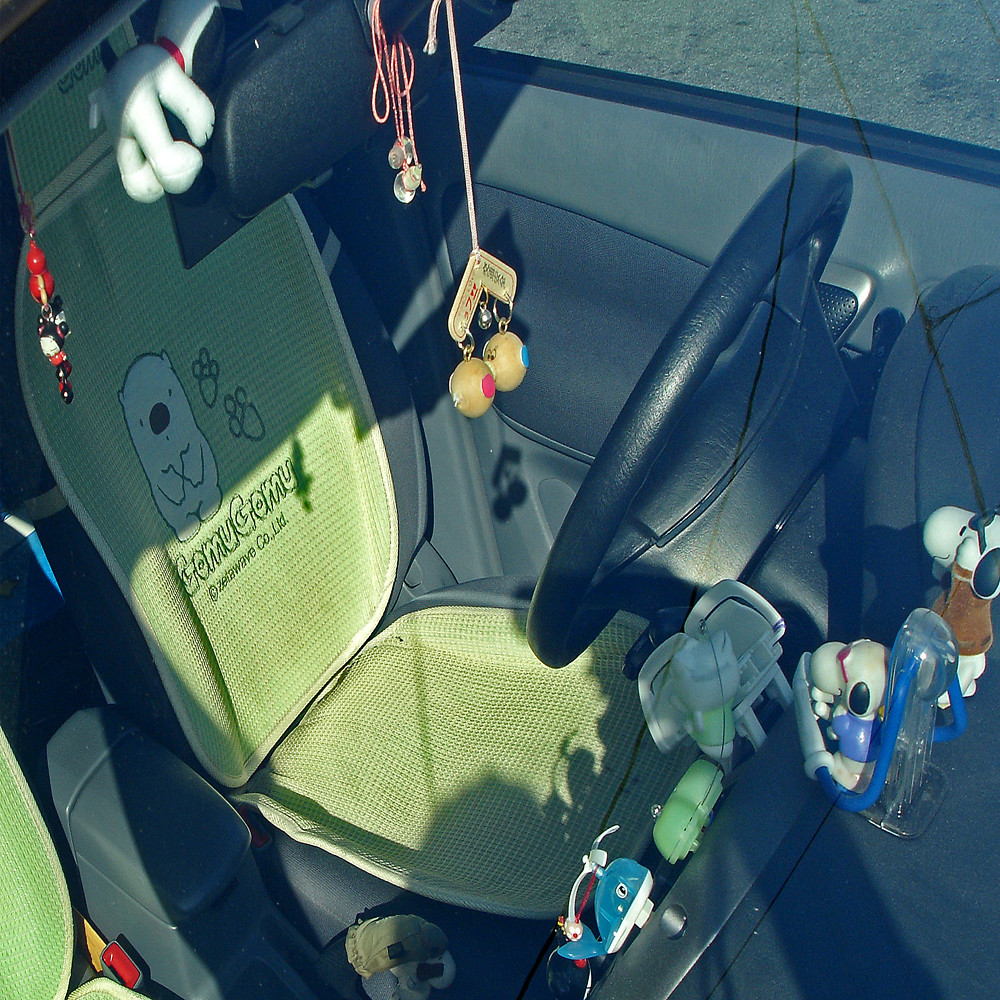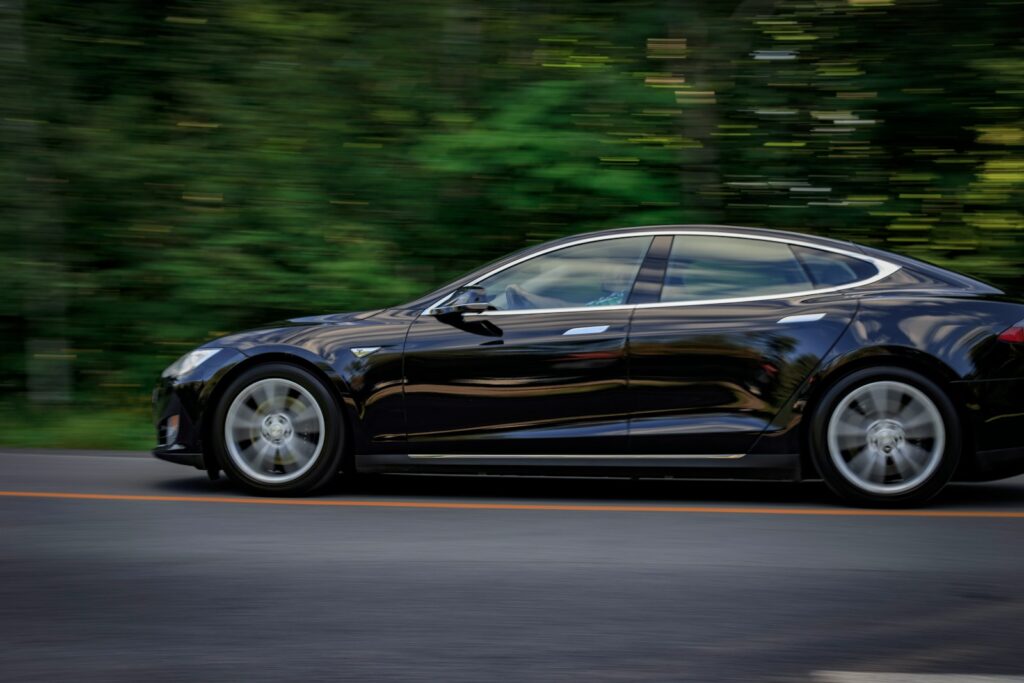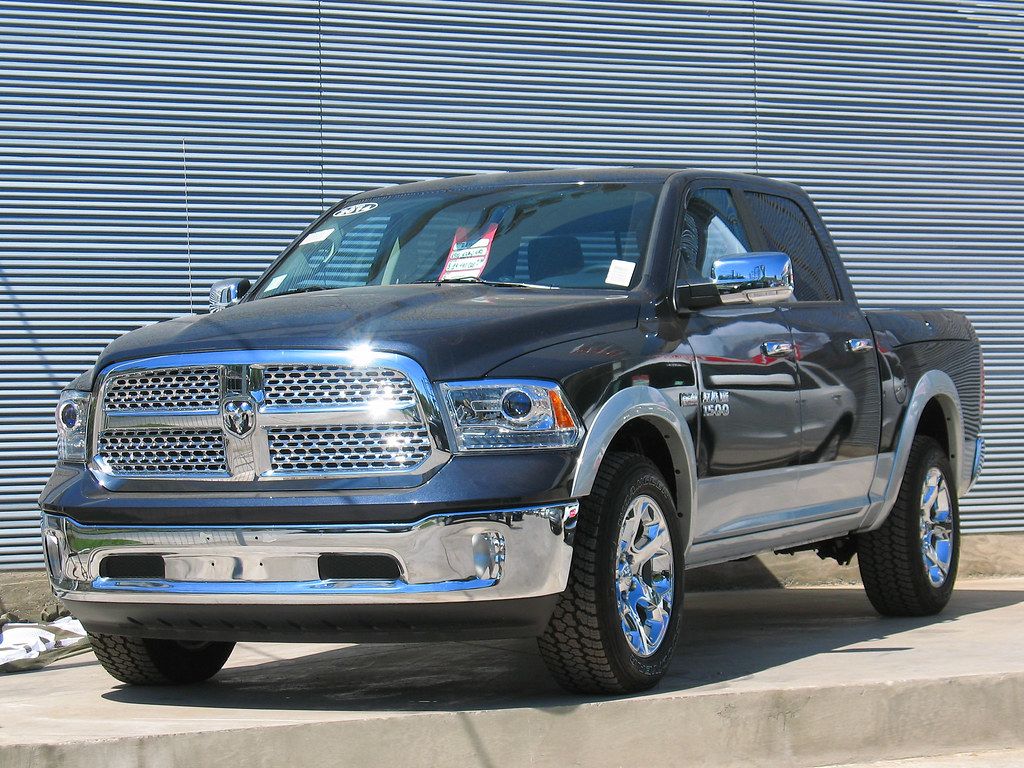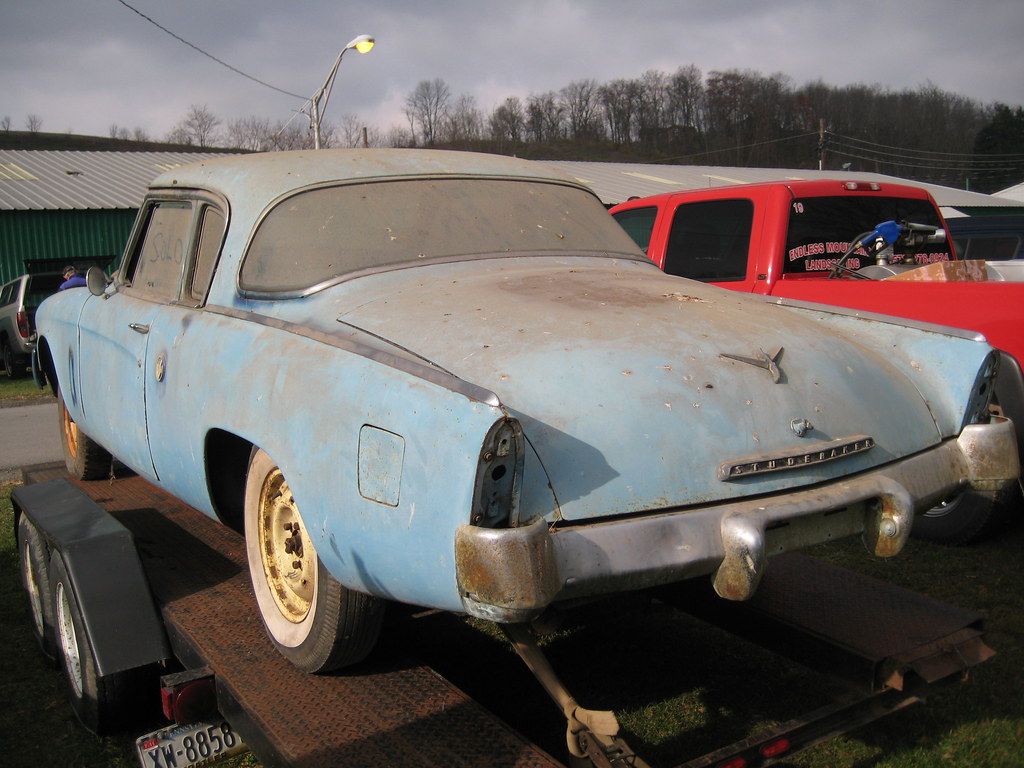
Step into any car meet or classic vehicle show, and you’ll often find dashboards adorned with all sorts of personal touches. From a trusty bobblehead nodding along to every bump in the road to a faded parking permit dangling from the rearview mirror, our vehicles have long served as extensions of our personalities, miniature mobile homes where we can express ourselves. There’s a certain charm in these seemingly innocuous items, a touch of individuality in a world of mass-produced steel and plastic.
However, the open road isn’t just a canvas for self-expression; it’s a dynamic, unpredictable environment demanding unwavering focus and a clear line of sight. What might seem like a harmless personal flourish can, in the eyes of the law and modern safety regulations, transform into a significant hazard. The evolution of traffic codes, driven by a relentless pursuit of accident prevention, has led to a situation where many items once considered quirky or essential are now actively prohibited.
We’re not just talking about old regulations; we’re diving into the very real, very current reasons why your dashboard might need a serious decluttering. This isn’t about shaming your aesthetic choices, but rather shedding light on the often-overlooked legal intricacies that govern what you can and cannot place within your vehicle’s cabin. Prepare to learn why that seemingly innocent dashboard trinket could actually be the precursor to a costly citation or, far worse, a dangerous blind spot.
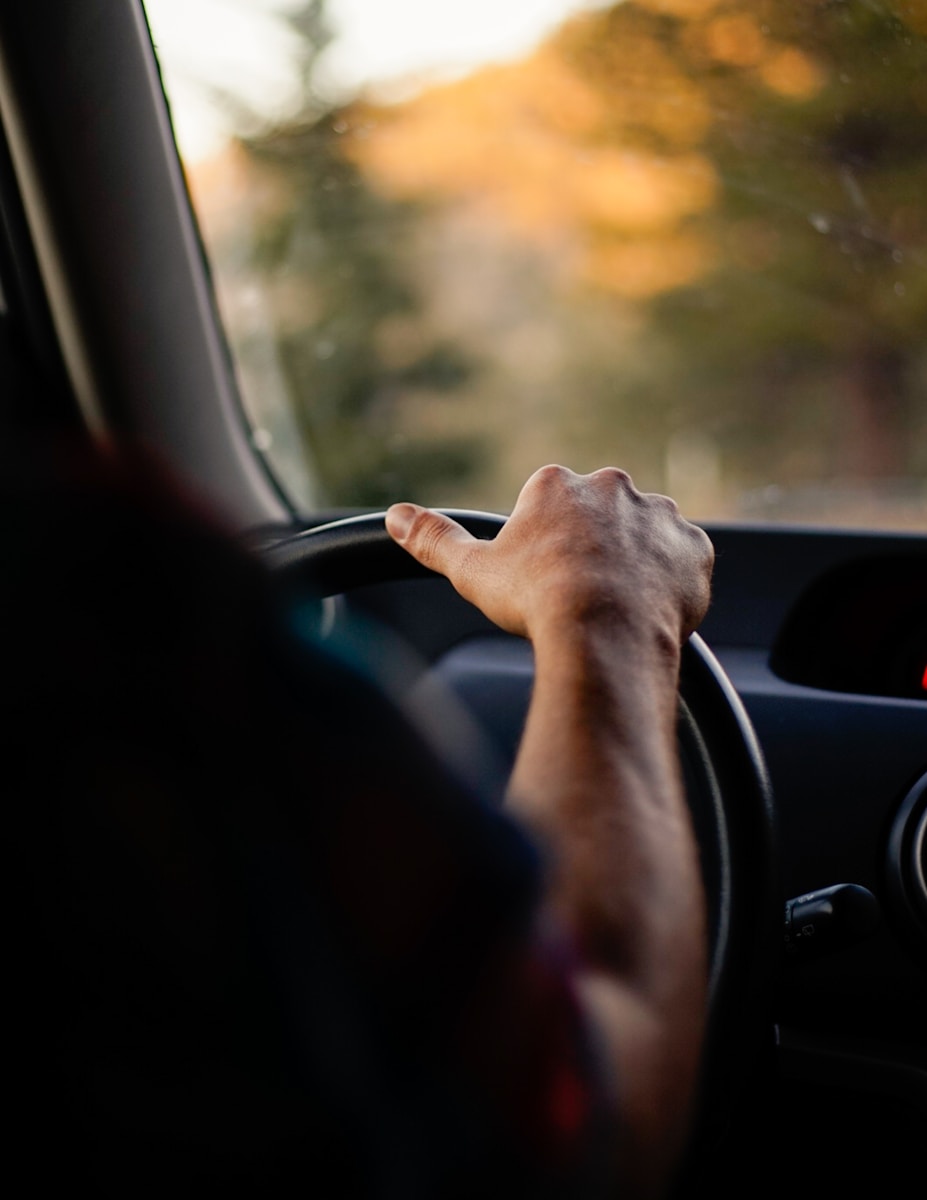
1. **The Unyielding Principle: Unobstructed View**At the heart of nearly every regulation concerning dashboard and windshield items lies a singular, non-negotiable principle: the driver must maintain a clear, unobstructed view of the road ahead. This isn’t merely a suggestion; it’s a fundamental tenet of road safety, legally codified to ensure that everyone behind the wheel has the best possible chance to react to whatever the road throws their way. It’s the bedrock upon which all other specific prohibitions are built, serving as the ultimate arbiter of what’s acceptable and what’s not.
Most vehicle codes across jurisdictions unequivocally prohibit any object or non-transparent material from being placed on the front windshield or side windows if it obstructs the driver’s vision. This ensures a clear line of sight, allowing for the immediate recognition of pedestrians, the accurate reading of traffic signals, and the timely detection of other vehicles. Imagine trying to navigate a busy intersection with a hazy patch in your vision – that’s the risk we’re talking about.
It’s a deceptively simple rule, yet its implications are profound. An object, no matter how small or insignificant it may seem, possesses the potential to create a significant blind spot. That minor visual impairment can hide a potential hazard until it is far too late for a driver to react effectively, turning a minor distraction into a major catastrophe. The difference between spotting a child darting into the street and missing them entirely can hinge on a fraction of an inch of obscured glass.
This isn’t just about what you *think* you can see; it’s about what the law *demands* you see. The legal framework isn’t interested in your subjective feeling of comfort or awareness; it’s focused on objective safety standards. So, while you might feel perfectly capable of driving with a small souvenir on your dash, the legal principle prioritizes an absolute, uncompromised visual field for everyone’s safety on the asphalt.
2. **The Plight of the Bobblehead: Decorative Dashboard Items**For generations, the dashboard has been a prime piece of automotive real estate for personalization. Who among us hasn’t seen, or perhaps even owned, a car with a collection of bobbleheads, plush toys, or other cherished trinkets standing sentinel on the dash? These decorative objects are often imbued with sentimental value, representing passions, team loyalties, or simply a desire to make an impersonal vehicle feel a little more like home. They’re part of the rich tapestry of car culture.
However, the charm of these dashboard mascots comes with a significant and often overlooked caveat: their potential to obstruct the driver’s sightline. As the context plainly states, “Large decorative objects, such as bobbleheads or plush toys, can block a significant portion of the driver’s sightline, especially when placed in the center of the dash.” This isn’t a theoretical problem; it’s a very real one, particularly in vehicles with sloped windshields or larger dashboard areas.
The issue isn’t just their static presence; it’s their dynamic nature. While a bobblehead might sit still most of the time, sudden braking or sharp turns can send it dancing, creating a moving distraction. More critically, their physical bulk, particularly those placed centrally, can create a blind spot large enough to obscure an entire vehicle or pedestrian from view, especially when checking mirrors or navigating busy intersections.
So, while that adorable plush toy might bring a smile to your face, it’s worth considering the grimace it could cause a law enforcement officer or, worse, the irreversible consequences of a missed hazard. The law sees a potential hazard, not a beloved mascot. The era of the freely placed dashboard ornament is, for all intents and purposes, a bygone one, at least for those committed to strict legal compliance and optimal road safety.

3. **Paper Trail Pitfalls: Loose Documents on the Dash**In our hustle-and-bustle lives, the interior of our vehicles often becomes a mobile office, a temporary storage unit for the detritus of our daily routines. Among the most common culprits for dashboard clutter are loose paperwork and folders. Whether it’s a stack of invoices, a map for an upcoming journey, or a collection of fast-food receipts, these items frequently find a temporary home on the dashboard, seemingly out of the way and within easy reach.
But this seemingly innocent habit harbors a hidden danger. As the guidelines clearly warn, “Paperwork or folders left on the dashboard can also slide around and cover part of the lower windshield.” This isn’t just a minor annoyance; it’s a dynamic obstruction that can materialize without warning, often at the most inconvenient and critical moments, like when you’re braking suddenly or turning a corner.
Imagine cruising down the highway, only for a gust of air from the vent or a sudden bump to send a sheaf of papers cascading across your lower windshield. In that split second of unexpected visual blockage, a crucial piece of road information – a pedestrian stepping off the curb, a traffic light changing, or a car slowing unexpectedly – could be obscured. The momentary lapse in clear vision can have disproportionately severe consequences.
This isn’t about keeping your car spotless for aesthetics; it’s about eliminating unnecessary, unpredictable visual impediments. The ephemeral nature of loose papers makes them particularly insidious hazards, as their obstruction isn’t constant. Therefore, a simple act of tidiness, like stowing documents in a glove compartment or console, transforms from a neat habit into a vital safety measure, ensuring your sightline remains as clear as the law demands.
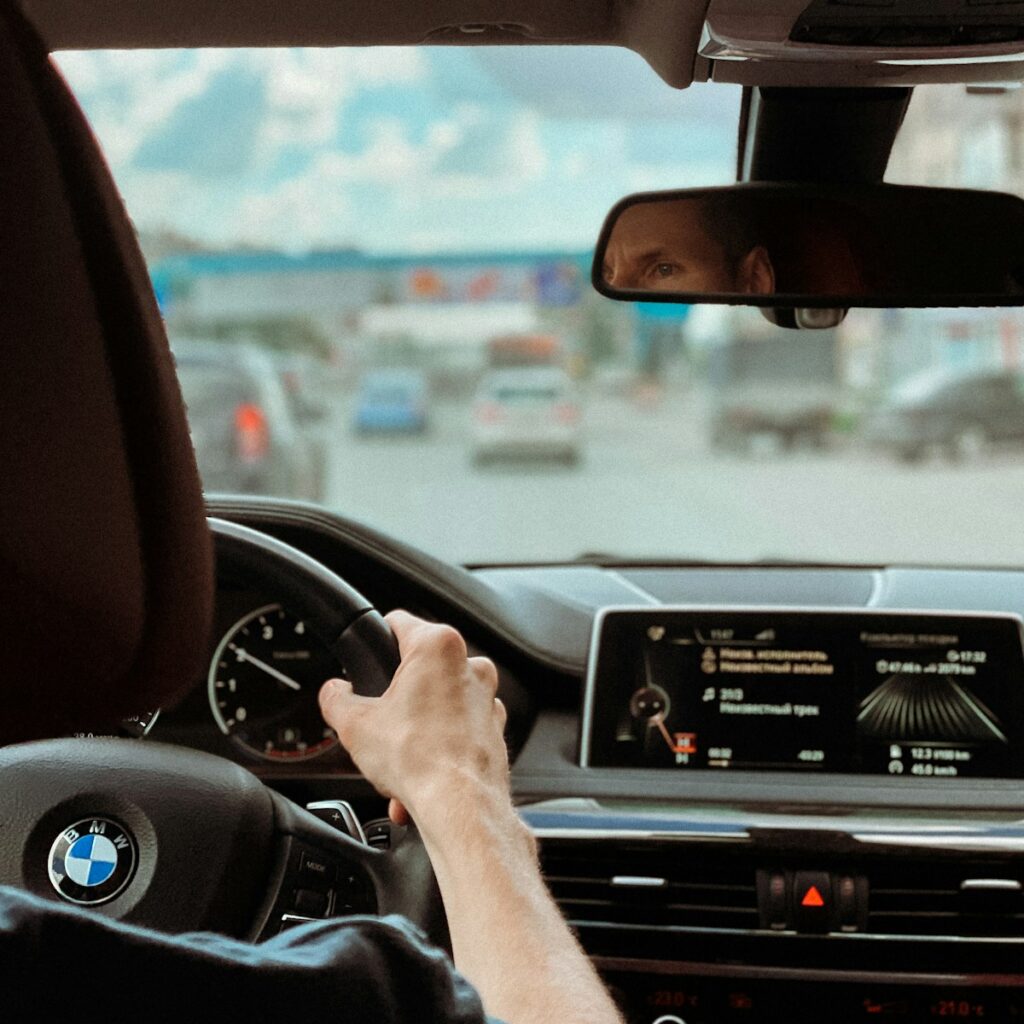
4. **Tech Trouble: Improperly Mounted Electronic Devices**We live in an era where technology is deeply integrated into every aspect of our lives, and our cars are no exception. GPS units, smartphones running navigation apps, and other electronic gadgets have become indispensable tools for drivers. The challenge, however, lies in how we integrate them into our driving environment. Many drivers, seeking convenience and visibility, opt to mount these devices directly onto the windshield or dashboard.
The context explicitly calls out “Improperly mounted electronic devices are another source of violations, such as a phone or GPS unit suction-cupped to the middle of the windshield.” This is the classic scenario: a device positioned right in the driver’s direct line of sight, creating a static, persistent obstruction. While the screen itself might display useful information, the housing and mounting hardware around it can effectively obscure crucial portions of the road.
It’s not that these devices are inherently illegal; it’s their placement that often runs afoul of the law. Laws make practical exceptions for necessary devices, but these exceptions always come with specific rules for size and location. For example, some state laws specify that devices must be mounted in the lower corners of the windshield, while others permit mounting at the top center. The common thread is always *out of the direct line of sight* and often *within a specific, small size limit*.
These regulations are a testament to the ongoing balance between technological utility and fundamental safety. While the urge to have your navigation front and center is understandable, succumbing to that urge without respecting placement guidelines can lead to a ticket, or worse, an accident due to an obscured view. Properly mounting these devices, even if it means a slightly less direct view, is a critical step towards legal compliance and safer driving.
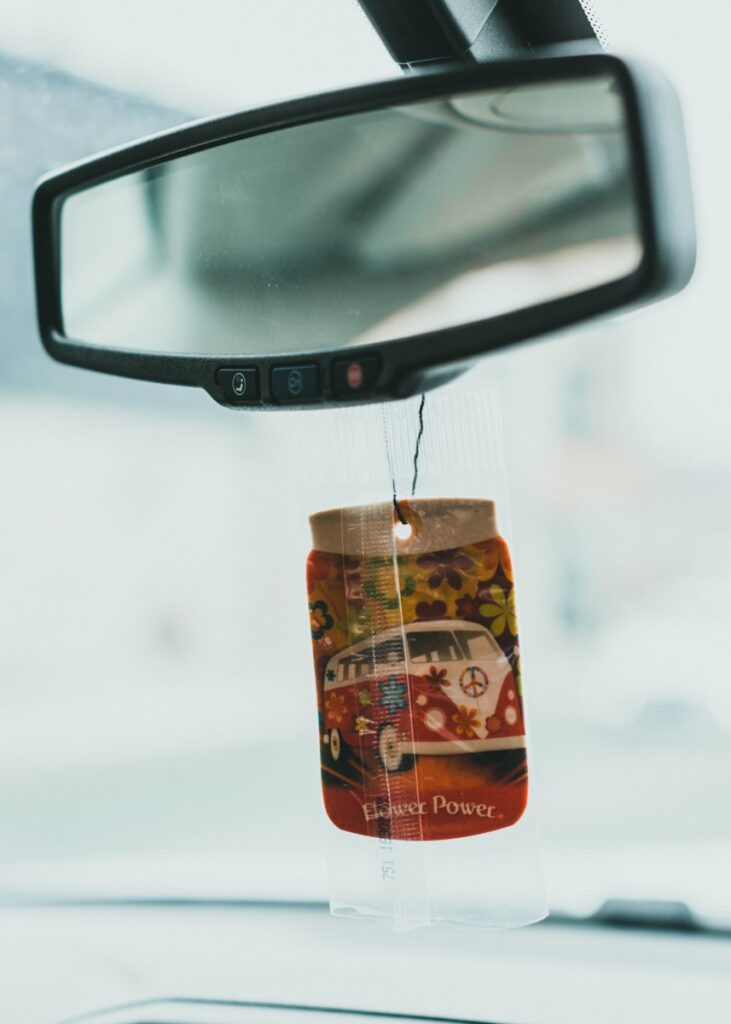
5. **Mirror, Mirror, Off the Wall: The General Ban on Rearview Hangings**Few areas of a car’s interior are as commonly adorned, yet as legally problematic, as the rearview mirror. For decades, drivers have used this central perch to display everything from rosaries and air fresheners to fuzzy dice and graduation tassels. These items often carry personal significance, adding a touch of personality or comfort to the driving experience. However, the legal landscape views these rearview decorations with a distinctly unromantic eye.
The context highlights that “Items hanging from a rearview mirror are a distinct concern and are frequently illegal.” This isn’t just an arbitrary rule; it’s rooted in a pragmatic understanding of optics and driver physiology. The core issue is that these objects, by their very nature, are designed to swing and sway, creating a moving obstruction right in the driver’s central field of vision. This dynamic blockage is far more distracting and dangerous than a static one.
Even a small item, precisely because it moves, forces the eye to constantly adjust, drawing attention away from the road ahead. This constant, albeit subconscious, refocusing can lead to driver fatigue and, more critically, delay reaction times. Imagine trying to process a complex traffic situation while something is subtly dancing in your peripheral, and sometimes central, vision. It’s a recipe for distraction.
For this reason, many traffic codes quite explicitly forbid suspending any object from the rearview mirror. It’s a blanket prohibition designed to eliminate a common source of distraction and visual obstruction, regardless of the item’s sentimental value or perceived harmlessness. The road demands undivided attention, and anything that compromises that, however innocently, is likely to find itself on the wrong side of the law.

6. **Scent of Danger: Air Fresheners and Obstruction**If there’s one item that personifies the tension between personal preference and legal restriction when it comes to rearview mirror hangings, it’s the ubiquitous air freshener. Those little cardboard trees, often pine-scented but available in a dizzying array of aromas and shapes, have been a staple of car interiors for generations. They promise a fresher cabin, masking everything from stale coffee to forgotten gym bags.
Yet, for all their olfactory benefits, air fresheners frequently find themselves explicitly cited among the commonly prohibited items. The context confirms this, listing air fresheners as a prime example of objects that fall under the general ban on rearview mirror hangings. Their small size often lulls drivers into a false sense of security, believing they couldn’t possibly obstruct anything important.
However, the problem isn’t their size, but their motion. As mentioned earlier, anything that swings and sways from the rearview mirror creates a moving obstruction. Even a small air freshener, precisely because it occupies that critical central visual field, can momentarily block the view of a distant pedestrian, a merging vehicle, or a crucial traffic sign. This fractional delay in perception can be the difference between a safe maneuver and a dangerous incident.
So, while that little pine tree might make your car smell like a forest, it’s not doing your visibility any favors. The law isn’t concerned with the aroma; it’s concerned with the clear and unobstructed view required for safe driving. Modern alternatives, such as vent clips or under-seat air fresheners, offer a scent solution without compromising safety or flirting with legal violations, keeping your dashboard (and rearview mirror) clear and compliant.
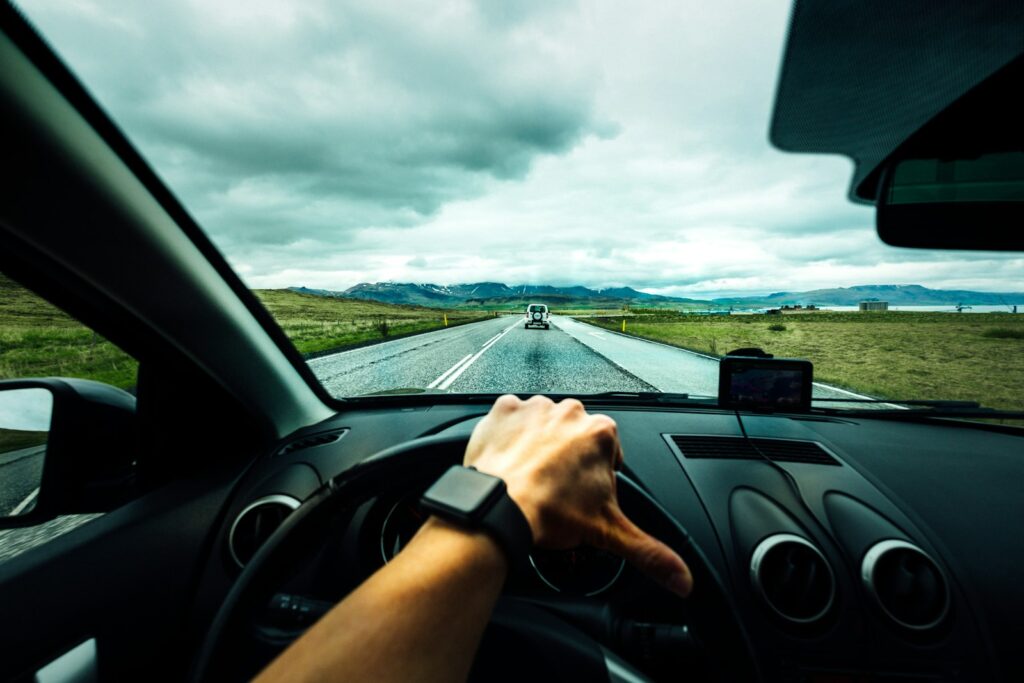
7. **Lucky Charms No More: Fuzzy Dice and Tassels**There’s a certain undeniable charm, a retro cool, associated with items like fuzzy dice. They harken back to a bygone era of hot rods and cruisers, a quintessential symbol of automotive culture that conveyed a sense of rebelliousness and style. Similarly, graduation tassels, proudly displayed after a significant academic achievement, often make their way to the rearview mirror as a badge of honor and accomplishment. Both are deeply ingrained in personal and cultural narratives.
However, much like their air freshener brethren, these seemingly innocent adornments fall squarely into the category of “Items hanging from a rearview mirror” that are “frequently illegal.” The context explicitly lists “Fuzzy dice” and “Graduation tassels” as commonly cited examples of prohibited objects. Their historical or sentimental value simply doesn’t override the core legal principle of maintaining an unobstructed and distraction-free field of vision.
The issue, once again, boils down to physics and human perception. These objects, designed to be lightweight and decorative, are prone to swinging and swaying with every acceleration, deceleration, and turn. This constant motion directly in the driver’s central visual field is a potent distractor, drawing the eyes and attention away from the critical task of monitoring the road. Even a split second of diverted attention can have severe ramifications.
From the cool cat with his fuzzy dice swinging from the mirror to the proud parent flaunting their kid’s academic achievement, these traditions carry a certain nostalgic pull. But times change, and traffic codes evolve to prioritize safety above all else. That symbol of good fortune or hard-earned success might just be the reason a police officer taps on your window, explaining that your ‘lucky charm’ is, in fact, an illegal obstruction.”
Alright, folks, if you thought keeping your dashboard clear of Garfield dolls and old receipts was the extent of the law, buckle up. We’re diving headfirst into the modern era, where even the most well-intentioned tech and necessary documents can land you in hot water. The rules governing what you can (and absolutely cannot) display in your vehicle have only grown more intricate, especially with the rise of indispensable devices like dash cams. It’s a jungle out there, and ignorance of the law is, as they say, no excuse.
After clearing out those nostalgic rearview mirror hangings, let’s look at some other common culprits and the complex legal landscape of today’s automotive accessories, particularly when it comes to capturing the road ahead.
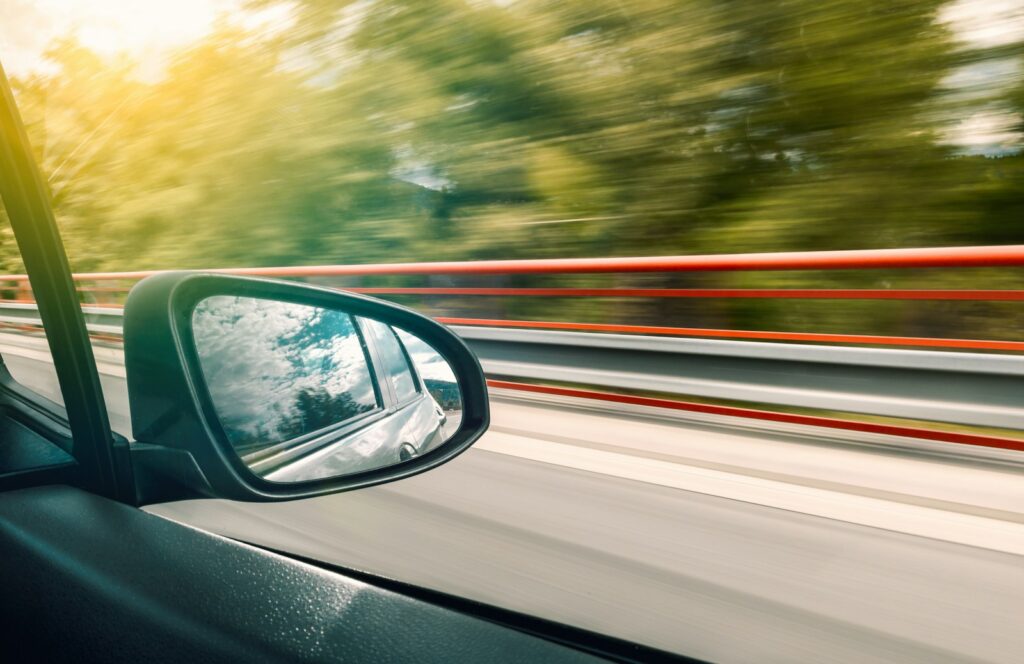
8. **Permit Peril: Parking Tags and Other Mirror Danglers**You know the drill: you pull into a parking garage, grab that brightly colored permit, and dutifully hang it from your rearview mirror. It’s a necessary evil, a temporary pass that grants you access. But here’s the kicker – that temporary pass, once your vehicle is in motion, becomes just as much a legal liability as those fuzzy dice we just talked about. The law isn’t playing favorites; an obstruction is an obstruction, whether it’s a good luck charm or a bureaucratic necessity.
As the context reminds us, parking permits are “commonly cited items” that fall under the general ban on rearview mirror hangings. Why? Because they contribute to that insidious “moving obstruction in the driver’s central field of vision that can be distracting.” It might seem minor, a small rectangle of paper or plastic, but when it’s swinging and swaying with every turn and bump, it’s constantly drawing your eye, pulling your focus from the road where it absolutely needs to be.
The solution, while sometimes inconvenient, is straightforward: when you’re driving, take it down. Stash it in the glove compartment or a console. Only hang it up when your vehicle is stationary and legally parked. This simple act can save you from a traffic stop and a potential citation, all while ensuring your visual field remains as clear as possible, fulfilling that core legal principle of an unobstructed view.
9. **Emergency Impersonators: Flashing Blue/Red Lights**Now, this one isn’t about accidental obstruction or sentimental value; this is about intentional confusion and, frankly, a massive no-no. We’re talking about those flashing blue or red lights that some misguided individuals attach to their vehicles, seemingly for ‘effect’ or perhaps to navigate traffic with an unwarranted sense of urgency. Let’s be unequivocally clear: this is a shortcut to trouble, and it’s illegal for a very good reason.
The context states it plainly: “Flashing blue or red lights that mimic emergency vehicles are also illegal as they can confuse other drivers.” This isn’t just a minor visual distraction; it’s a profound misdirection. When other drivers see flashing emergency lights, their immediate reaction is to yield, to assume an official presence, or to adjust their driving to accommodate what they perceive as an urgent situation. Undermining that trust, and creating that confusion, is incredibly dangerous.
Beyond the immediate hazard, equipping your personal vehicle with lights that mimic law enforcement or emergency services can carry severe legal repercussions, far beyond a simple traffic ticket. You could be looking at charges of impersonating an officer, reckless driving, or creating a public nuisance. These aren’t minor infractions; they’re serious offenses that highlight the clear line between personal customization and public safety. Leave the flashing blues and reds to the professionals, and keep your vehicle’s lighting strictly street-legal.
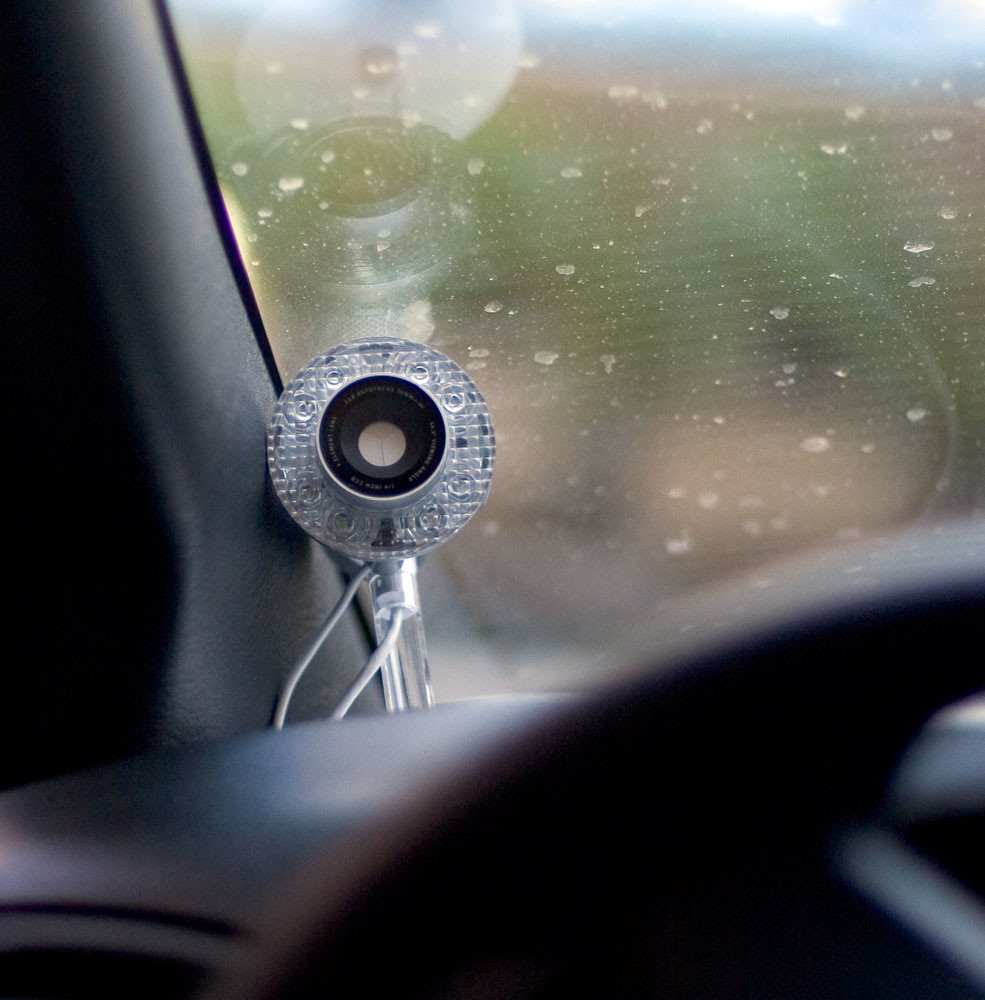
10. **The Dash Cam Conundrum: General Legality & Placement Rules**Step into the 21st century, and you’ll find that for many drivers, the dash cam has become as essential as the rearview mirror itself. This little black box, perpetually recording, offers a silent witness in the event of an accident, a protection against insurance fraud, and sometimes, a captivating highlight reel of unexpected road events. The good news? The context confirms, “Yes, dash cams are legal in the US.” But before you slap one anywhere on your windshield, there’s a massive asterisk attached to that statement.
The legality of your dash cam, in practice, hinges almost entirely on its installation and placement. “There are restrictions regarding installation and placement which vary from state to state,” the guidelines emphasize. The overarching, non-negotiable principle, as we’ve hammered home repeatedly, is that “the most common restriction is that the dash cam cannot obstruct the driver’s vision through the windshield.” It’s all about maintaining that crystal-clear field of vision.
While many states have adopted “precise placement zones” for devices like GPS units and dash cams – often specifying lower corners or top center areas – the safest bet across most jurisdictions (48 out of 50, to be exact) is to “mount on the dashboard or behind the rear-view mirror.” This keeps the device out of your direct line of sight, minimizing the risk of a visibility infraction. As helpful as these gadgets are, their benefits are instantly negated if they become a legal liability or, worse, contribute to an accident.
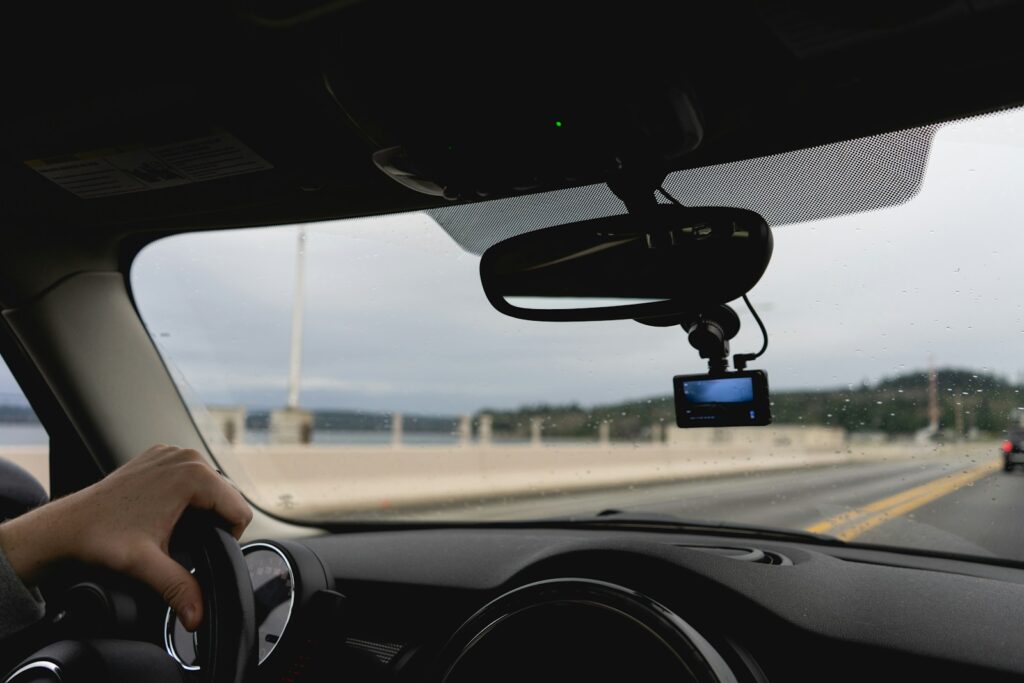
11. **The Silent Watchdog: Audio Recording Consent Laws**Your dash cam might be your best friend when it comes to visual evidence, but tread carefully when it comes to sound. While video recording in public spaces is generally permissible, activating that microphone can inadvertently push you into a legal minefield, thanks to the nuanced world of audio recording consent laws. This is where the distinction between “one-party” and “all-party” consent states becomes critically important.
As the expert analysis in our context highlights, “Audio is riskier than video: 11 states demand consent from everyone in the cab to record sound.” In “all-party consent states,” such as California, Delaware, Florida, Maryland, Massachusetts, and Michigan (just to name a few explicitly mentioned in the context), every single person in the vehicle – your employees, your customers, even that contractor you picked up – must explicitly agree to have their conversation recorded. Fail to do so, and you’re not just breaching privacy; you’re breaking the law.
Conversely, “one-party consent states” are a bit more lenient, allowing recording as long as one participant (typically the driver in the context of a dash cam) is aware and consents. However, even in these states, transparency is paramount. For fleet operators, the advice is clear: either ensure “clear signage and written opt-in” for audio recording or, more simply, “the mic switched off.” For those operating across state lines, the golden rule for “interstate fleets” is to “adopt the strictest state rule in their territory to spare drivers from a patchwork of placement and consent headaches.” It’s a complex landscape, and the stakes for getting it wrong can be high.
For fleet operations, this isn’t just about personal rights; it’s about corporate liability and driver protection. Training drivers to navigate these specific “no-go zones” for recording law enforcement is paramount. Understanding these unique state-specific restrictions on recording police interactions means knowing when to simply let the camera roll silently, or when to ensure the audio is off, to avoid unintended “legal complications” that can escalate quickly and severely.
So, there you have it. What started as a simple desire to personalize our rides or leverage new tech has spiraled into a complex web of regulations designed, ultimately, for safety. From the innocuous bobblehead to the sophisticated dash cam, every item on or near your dashboard now comes with a legal footnote. The takeaway is clear: understanding these rules isn’t just about avoiding a ticket; it’s about being a responsible road warrior in an increasingly scrutinized driving environment. Keep your view clear, your tech compliant, and your driving safe, because the open road demands nothing less.

